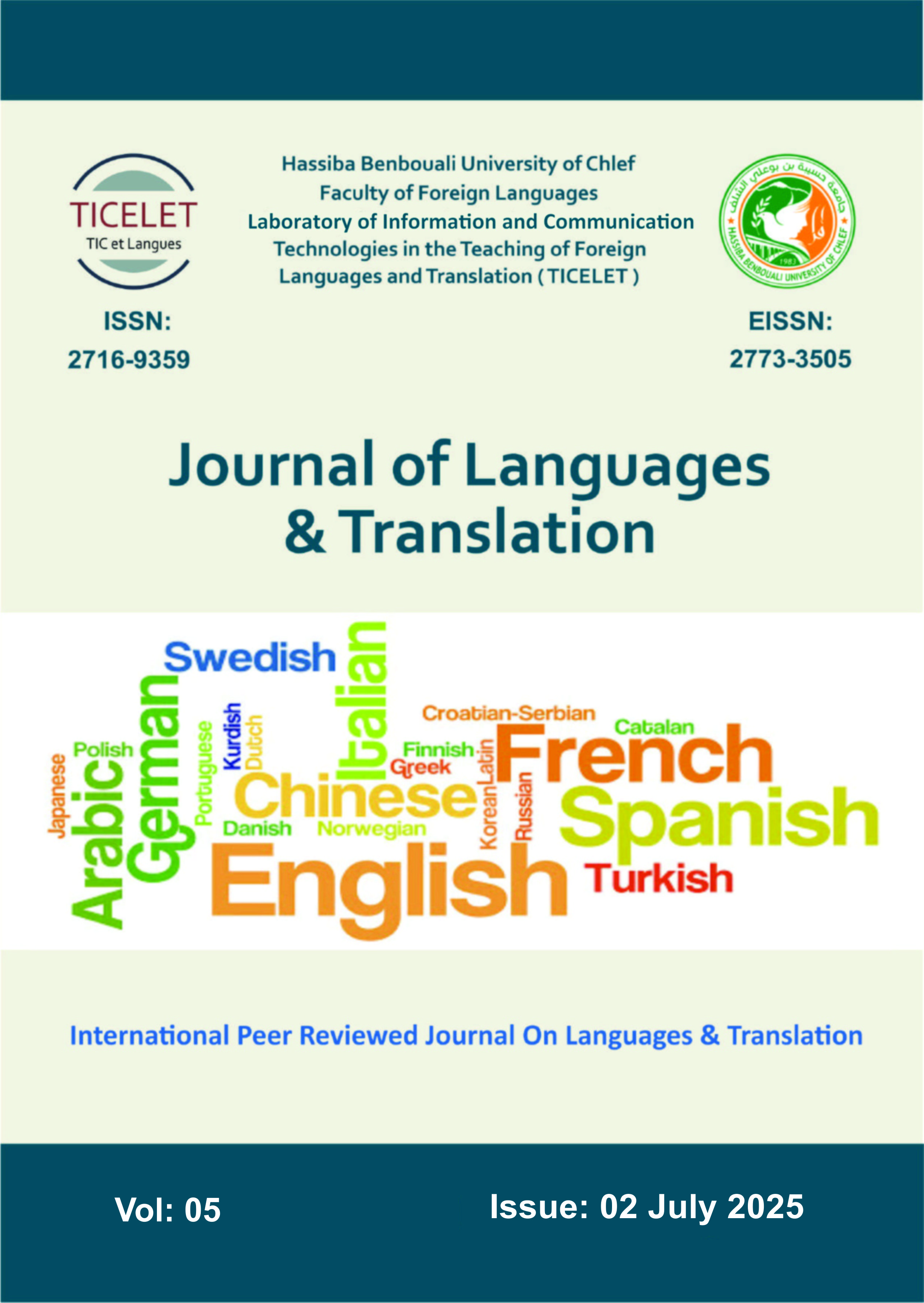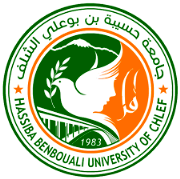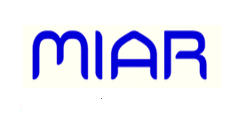Perspectives of Literary Translators on the Suitability of Automated Translation Tools for Rendering Aesthetic Texts
DOI:
https://doi.org/10.70204/jlt.v5i2.633Keywords:
Translation, Machine Translation Tools, Automated Translation, Literary Translators, Aesthetic TextsAbstract
This survey set out to investigate the opinions of 68 randomly selected (literary) translators about the suitability of automated translation tools for rendering aesthetic texts while maintaining the form of the original in the target language. The study was underpinned by Rogers’s (2003) Diffusion of Innovations (DOI) Theory, which explains how changes occur when new ideas are invented, depending on how such ideas are adopted or rejected. The research was designed and conducted in a mixed method, which involved both quantitative and qualitative collection and analyses. Convenience sampling was used to intentionally select random professional translators for the study. Participants’ responses were coded and keyed using the Excel Spreadsheet, then exported into SPSS Version 25 for analyses. The findings revealed that, regarding the use of automated translation tools, almost all the participants, 98.5% (66), accepted that they use machine translation tools for rendering aesthetic texts. In addition, the results revealed that even though almost all the participants, 98.5% (66), confirmed that they use machine translation in rendering literary texts, most of them, 86.7% (49), said they used it often, and all of those who used it 100% (68) confirmed that the texts rendered using automated translation are acceptable. In all, just 40.8% of participants ended up having a general positive appraisal, while more of the participants, 46.3%, held a negative opinion, while 12.9% had no opinion at all. To conclude, although automated translation was used by almost all translators for rendering literary texts, a good number of professional translators are biased about it. This validated the hypothesis stated at the beginning of the research.














